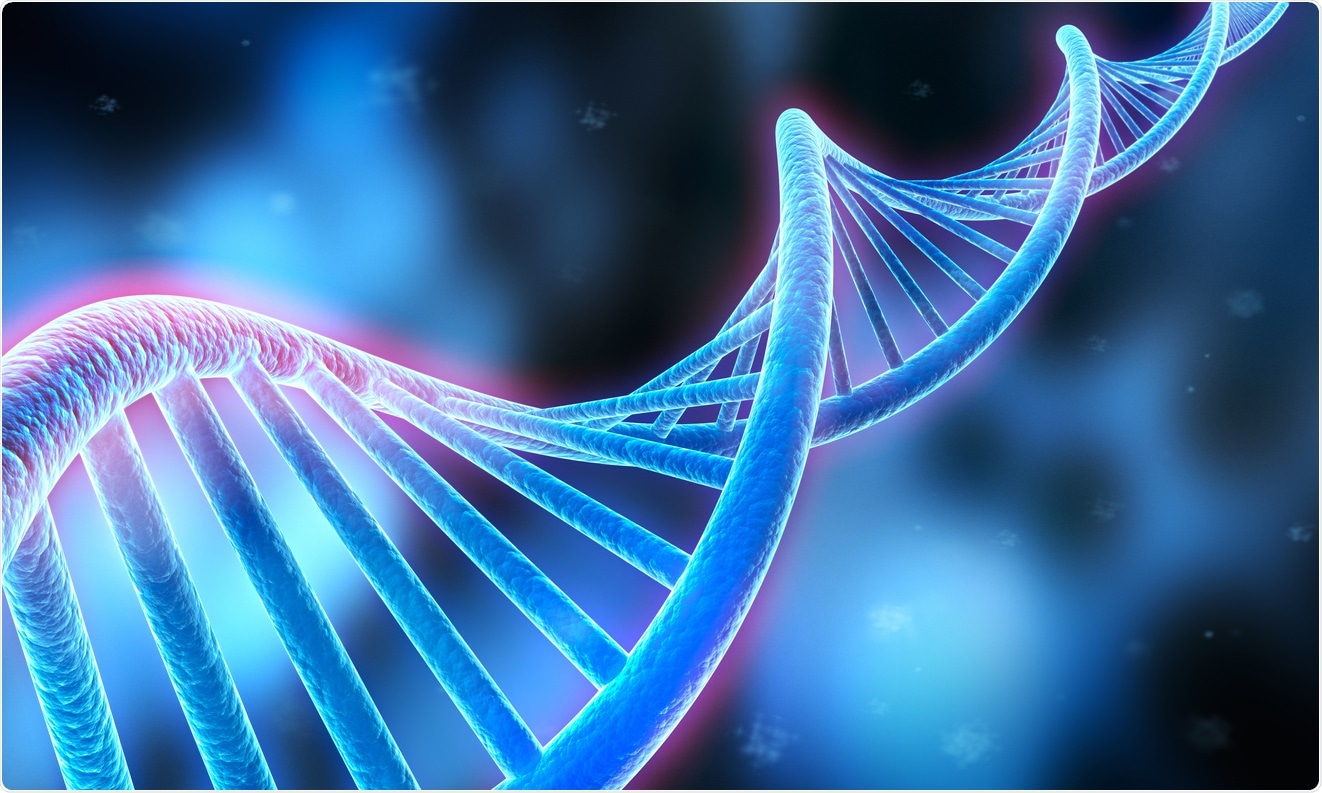In the past 15 years, the potential to sequence the genome of the tumor has redefined the treatment of cancer by detecting cancer drivers at the molecular level.

Image Credit: iStock
However, interpreting the genetic diversity of each cell inside a tumor and how that may have an impact on the progression of the disease has continued to pose a challenge, because of the present restrictions of genomic sequencing.
Now, with the help of microfluidic-droplet-based single-cell sequencing, scientists from Keck School of Medicine of USC have concurrently sequenced the genomes of almost 1500 single cells, demonstrating genetic diversity that was previously concealed in an extensively studied melanoma cell line.
Recently published in the Nature Communications Biology journal, the study shows the potential of single-cell sequencing to expose potential evolutionary trajectories of cancer cells.
We used this approach to examine a standard cancer cell-line, examined thousands of times by many different labs. What was really surprising here was with this technology we uncovered complexity we did not expect. This line actually consistently became a mixture of different types of cells. Re-examining decades of prior work on this line—now with this new information—we have new insights into tumor evolution.”
David Craig, PhD, Co-Director and Study Author, Institute of Translational Genomics, Keck School of Medicine of USC
Getting a high-resolution view of cancer’s complexity
At present, the genetic data of a tumor is usually achieved by sequencing an unlimited number of tumor cells collectively, instead of doing it individually. Although this technique provides a wider view of the tissue’s genetic composition, it is likely to miss small populations of cancer cells inside a tumor. These cancer cells are different from most cells.
While there are other techniques that examine the DNA of individual cells, the process is arduous, involving several weeks to process only a small number of cells and need resources that are not available in a majority of the laboratories.
In the latest study, the scientists employed an emerging method, known as “single-cell copy number profiling,” devised by 10X Genomics with innovative analysis techniques that incorporated these outcomes with those of previous techniques.
Instead of analyzing tissue DNA that is the average of thousands of cells, we analyzed the individual DNA of close to 1,500 cells within a single experiment. Studying cancer at this higher resolution, we can discover information that lower-resolution bulk sequencing misses.”
Enrique Velazquez-Villarreal, Study Lead Author and Assistant Professor, Department of Translational Genomics, Keck School of Medicine of USC
The researchers’ analysis revealed a minimum of four major sub-populations of cells, also called clones, that are anticipated to have—at some time during the evolution of cancer cell line—mutated from the original cancer cell.
The potential to detect sub-clones in cancer tissue could offer significant biological insights into the progression of cancer, its proliferation, and why it turns out to be impervious to treatment.
What if there’s a small population of cells in a tumor that has acquired a change that makes them resistant to therapy? If you were to take that tumor and just grind it up and sequence it, you may not see that change. If you go to the single cell level, you not only see it, but you can see the specific population of cells that has actually acquired that change. That could provide earlier access to the molecular information that could help define treatment approaches.”
John Carpten, PhD, Study Author and Co-Director, USC Institute for Translational Genomics, Keck School of Medicine of USC
Carpten is also the Co-Leader of the Translational and Clinical Sciences Program at the USC Norris Comprehensive Cancer Center and Chair of the Department of Translational Genomics, Keck School of Medicine.
The scientists have planned to share their information and hope that single-cell sequencing will be investigated by more cancer researchers. They are also employing their method to analyze genetic diversity in clinical cancer samples as a means to further interpret the early molecular modifications leading to advanced cancers that are both aggressive and difficult to treat.
Source:
Journal reference:
Velazquez-Villarreal, E. I., et al. (2020) Single-cell sequencing of genomic DNA resolves sub-clonal heterogeneity in a melanoma cell line. Communications Biology. doi.org/10.1038/s42003-020-1044-8.